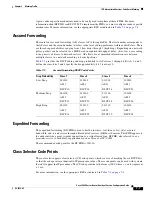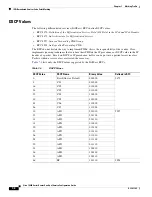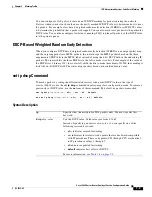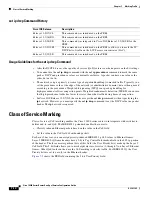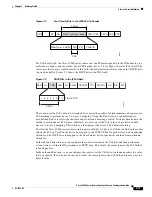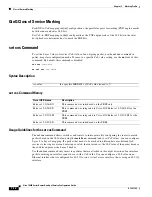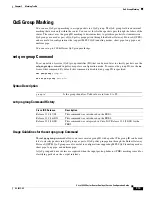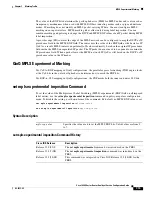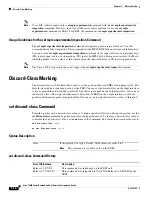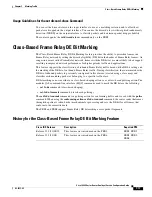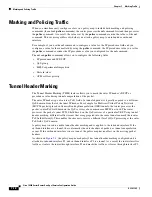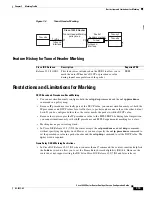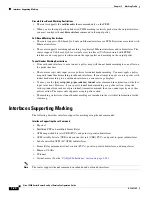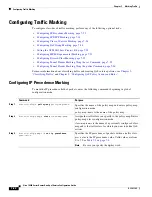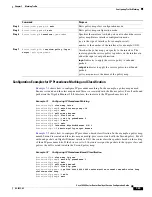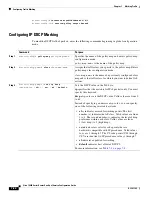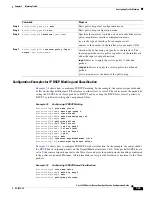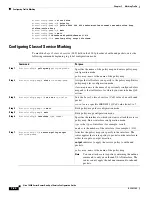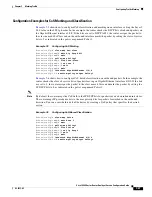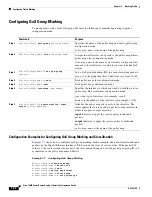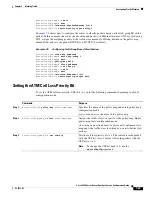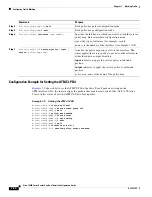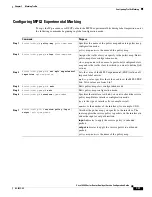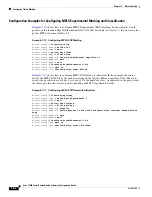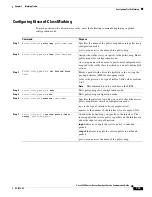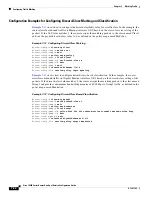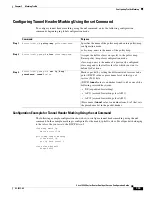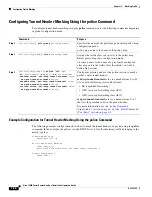
7-21
Cisco 10000 Series Router Quality of Service Configuration Guide
OL-7433-09
Chapter 7 Marking Traffic
Classification and Marking Design Guidelines
Interfaces Not Supporting the set Command
•
Fast Ethernet channel
•
Frame Relay data link connection identifier (DLCI)
Classification and Marking Design Guidelines
The Cisco 10000 series router provides many tools for classifying and marking traffic. Your task is to
determine how best to use these tools in your network environment. The following are guidelines to help
you make good design choices for classification and marking tools:
•
Classify and mark traffic as close to the ingress edge as possible.
•
Consider the trust boundary in the network, making sure to mark or remark traffic after it reaches a
trusted device in the network.
•
Because the IP precedence and DSCP marking fields are part of the IP header and, therefore, are
carried end-to-end, mark one of these fields to maximize the benefits of reducing classification
overhead by the other QoS tools enabled in the network.
•
If LAN switches connected to the router support only Layer 2 QoS (for example, the switch reacts
to marked CoS bits, but not to marked IP precedence or DSCP bits), mark the CoS bits on the router
before sending the frames onto the Ethernet.
•
We suggest that you use the values indicated in
Table 7-5 on page 7-21
for DSCP settings for voice
and video payload, voice and video signaling, and data. Otherwise, follow the differentiated services
(DiffServ) per-hop behavior (PHB) RFCs for DSCP settings as indicated in
Table 7-4 on page 7-8
.
Recommended Values for Traffic Marking
Table 7-5
lists the recommended values to use for traffic marking.
Table 7-5
Recommended Values for Traffic Marking
Traffic Type
IP Precedence
IP DSCP
Class of Service
Voice payload
5
EF
5
Video payload
4
AF41
4
Voice and video signaling
3
AF31
3
High priority data
2
AF21
AF22
AF23
2
Medium priority data
1
AF11
AF12
AF13
1
All other traffic
0
Default
0

